
Art has been a fundamental part of human civilization for thousands of years. The earliest forms of art were simple drawings and carvings, but over time, it evolved into something more intricate and sophisticated.
The world of fine arts owes its legacy to the visionaries who pioneered various art forms and transformed the artistic world as we know it today. From the masterpieces of Michelangelo and Leonardo da Vinci to the works of contemporary artists like Banksy and Yayoi Kusama, the art world has come a long way.
But what were the origins of fine arts, and who were the pioneering artists that paved the way for the artistic world? In this article, we will delve into the history of fine arts, exploring the visionaries who revolutionized the art world and their contributions to the field. So, let's embark on a journey to unravel the origins of fine arts and discover the remarkable artists who changed the course of art history forever.

The Earliest Forms of Fine Arts
The earliest forms of fine arts can be traced back to the prehistoric era, where cave paintings and rock art were prevalent. The cave paintings in Lascaux, France, and Altamira, Spain, are some of the most well-known examples of prehistoric art. These paintings depict various animals and hunting scenes, and it is believed that they were created for religious and spiritual purposes.
As civilization progressed, art became a means of communication and storytelling. Ancient civilizations like Egypt, Greece, and Rome were known for their exquisite art forms, including sculptures, paintings, and mosaics. Egyptian art, in particular, was known for its use of hieroglyphics, which were used to convey stories and messages. Greek art was known for its emphasis on beauty and symmetry, and Roman art was influenced by Greek art but had a more realistic approach.

Ancient Civilizations and Their Contributions to Fine Arts
Ancient civilizations like Egypt, Greece, and Rome played a significant role in the evolution of fine arts. Egyptian art was heavily influenced by religion and was used to convey stories and beliefs. The use of hieroglyphics was prevalent in Egyptian art, and it was used to depict gods, pharaohs, and daily life.
Greek art, on the other hand, was known for its emphasis on beauty and symmetry. The Greeks believed that beauty was a reflection of inner harmony and balance, and this was reflected in their art. Greek sculptures were known for their realistic and naturalistic approach, and they were made to depict the human form in its most idealized form.
Roman art was heavily influenced by Greek art but had a more realistic approach. Roman sculptures were known for their intricate detailing and their ability to convey emotion. Roman art was also known for its use of mosaics, which were used to create intricate designs and patterns.

Renaissance Period and its Impact on Fine Arts
The Renaissance period marked a significant shift in the world of fine arts. This period saw a renewed interest in classical art and culture, and it had a profound impact on the art world. The Renaissance period was marked by a renewed emphasis on humanism, which focused on the individual and their place in the world.
The Renaissance period saw the emergence of some of the most prolific artists in history, including Michelangelo, Leonardo da Vinci, and Raphael. These artists were known for their ability to create realistic and naturalistic art, and they were instrumental in shaping the art world as we know it today.
Michelangelo, in particular, was known for his sculptures and paintings, including the Sistine Chapel ceiling and the statue of David. Leonardo da Vinci was known for his scientific approach to art, and his paintings, including the Mona Lisa and The Last Supper, are some of the most well-known works of art in history. Raphael was known for his paintings, including The School of Athens, and he was known for his ability to capture human emotion in his work.

Visionaries Who Pioneered the Artistic World - Michelangelo, Leonardo da Vinci, Raphael
Michelangelo, Leonardo da Vinci, and Raphael were some of the most influential artists of the Renaissance period. Their contributions to the art world are still celebrated today, and their legacy continues to inspire artists around the world.
Michelangelo was a prolific artist, sculptor, and architect, and he is considered one of the greatest artists of all time. He was known for his ability to create realistic and naturalistic art, and his sculptures and paintings are some of the most well-known works of art in history. Michelangelo was also known for his work as an architect, and he was responsible for designing the dome of St. Peter's Basilica in Rome.
Leonardo da Vinci was a true polymath, excelling in various fields, including art, science, and engineering. He was known for his scientific approach to art, and his paintings were known for their realism and attention to detail. The Mona Lisa and The Last Supper are some of his most well-known works of art, and they continue to inspire artists around the world.
Raphael was known for his paintings, including The School of Athens, and he was known for his ability to capture human emotion in his work. He was also known for his use of color and light, which added a unique quality to his paintings.

Baroque Era and its Influence on Fine Arts
The Baroque era marked a significant shift in the world of fine arts. This period was marked by a renewed emphasis on grandeur and drama, and it had a profound impact on the art world. Baroque art was known for its use of exaggerated motion and detail, and it was characterized by its grandeur and drama.
Some of the most well-known artists of the Baroque era include Caravaggio, Rembrandt, and Rubens. Caravaggio was known for his use of chiaroscuro, which added a dramatic quality to his paintings. Rembrandt was known for his portraits and his ability to capture human emotion in his work. Rubens was known for his use of color and his ability to create grandiose and dramatic art.

Impressionism and its Contribution to Modern Art
Impressionism marked a significant shift in the world of fine arts. This period was marked by a renewed emphasis on light and color, and it had a profound impact on the art world. Impressionist paintings were known for their use of light and color, and they were characterized by their loose brushstrokes and lack of detail.
Some of the most well-known impressionist artists include Claude Monet, Edgar Degas, and Pierre-Auguste Renoir. Monet was known for his paintings of water lilies and his use of color to capture the changing light. Degas was known for his paintings of ballet dancers and his ability to capture their movement. Renoir was known for his use of color and his ability to capture the beauty of everyday life.

Contemporary Art and its Evolution
Contemporary art has evolved significantly over the years, and it encompasses a wide range of styles and techniques. From abstract art to street art, contemporary art has become more diverse and inclusive. Contemporary artists like Banksy and Yayoi Kusama have become household names, and their work has been celebrated around the world.
Banksy is known for his street art and his ability to create thought-provoking pieces that challenge societal norms. Yayoi Kusama is known for her use of polka dots and her immersive installations, which have become incredibly popular in recent years.

Fine Arts in Different Cultures Around the World
Fine arts are not limited to Western cultures, and art has been an integral part of many cultures around the world. From African art to Asian art, the world of fine arts is diverse and inclusive. African art is known for its use of masks and sculptures, which were used for religious and spiritual purposes. Asian art includes a wide range of styles, including calligraphy, painting, and sculpture.
Conclusion
The world of fine arts owes its legacy to the visionaries who paved the way for the artistic world. From the earliest forms of art to contemporary art, the world of fine arts has evolved significantly over the years. The visionaries who pioneered various art forms and transformed the artistic world as we know it today will continue to inspire artists for generations to come.

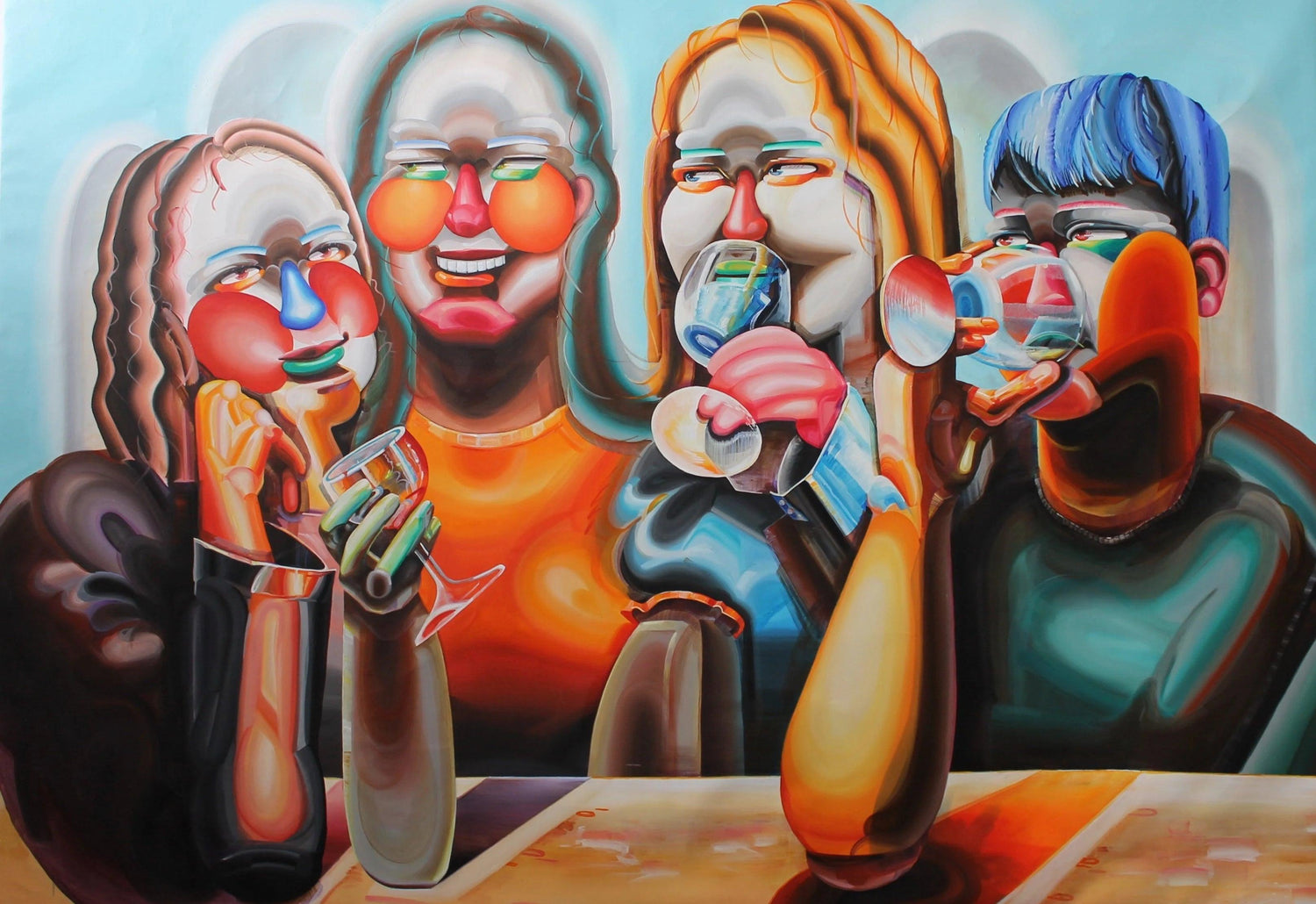
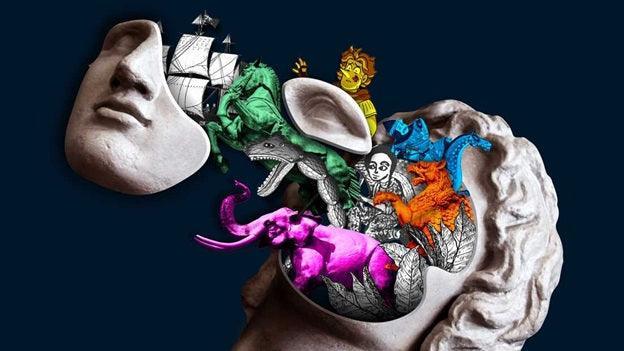
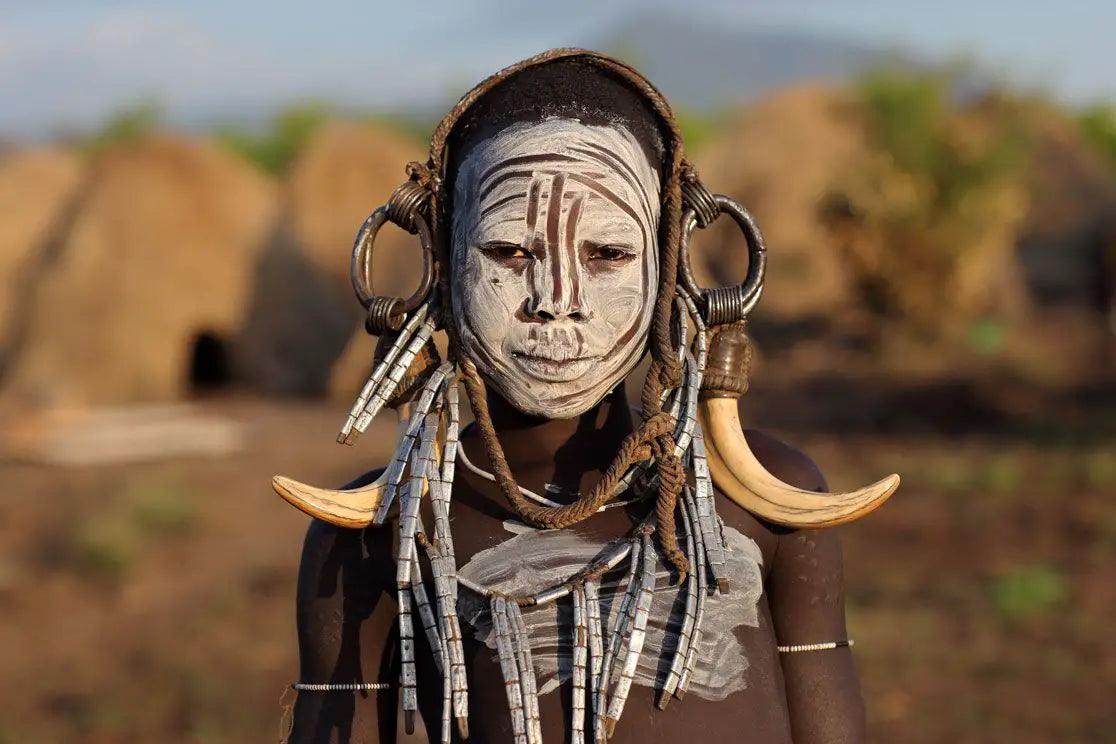
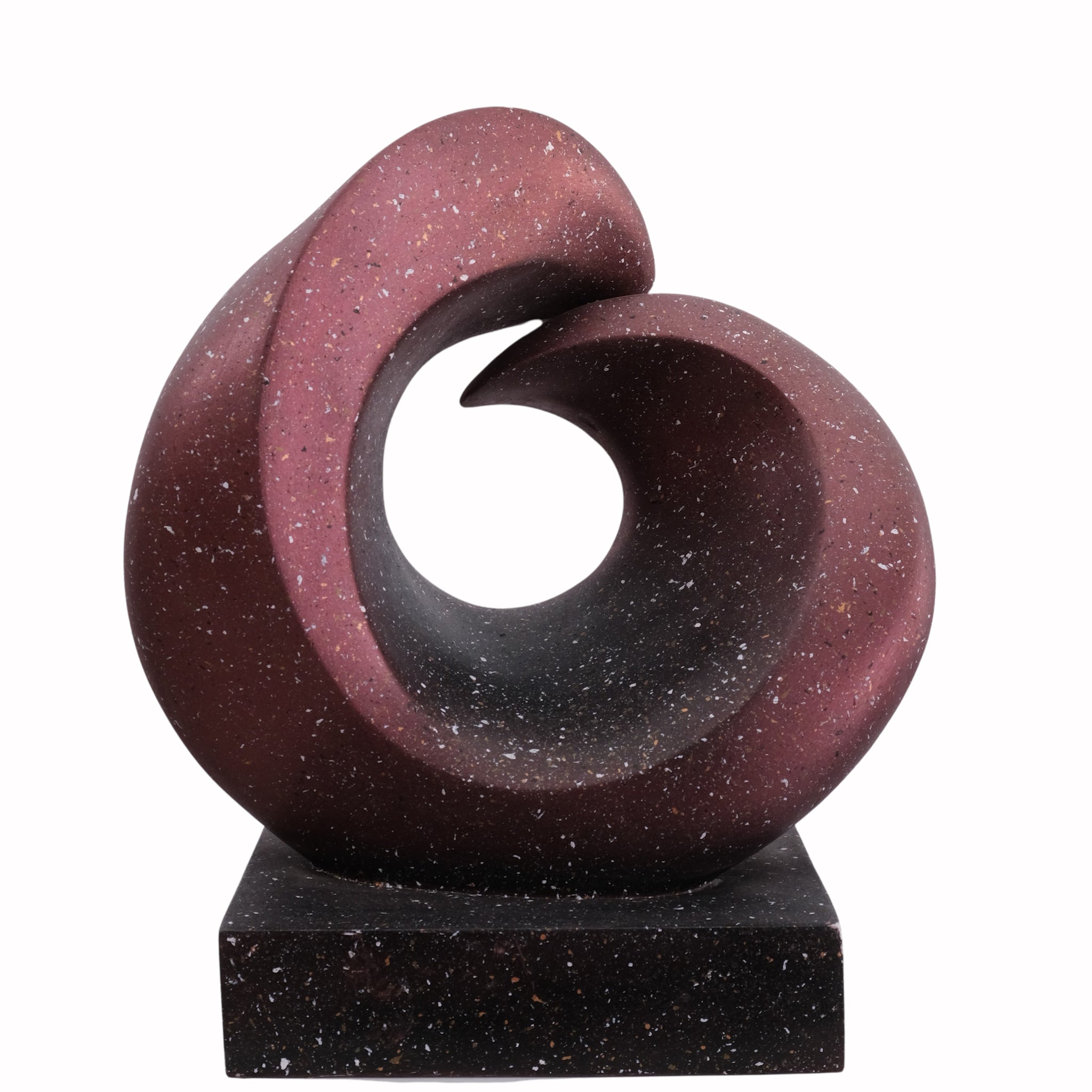

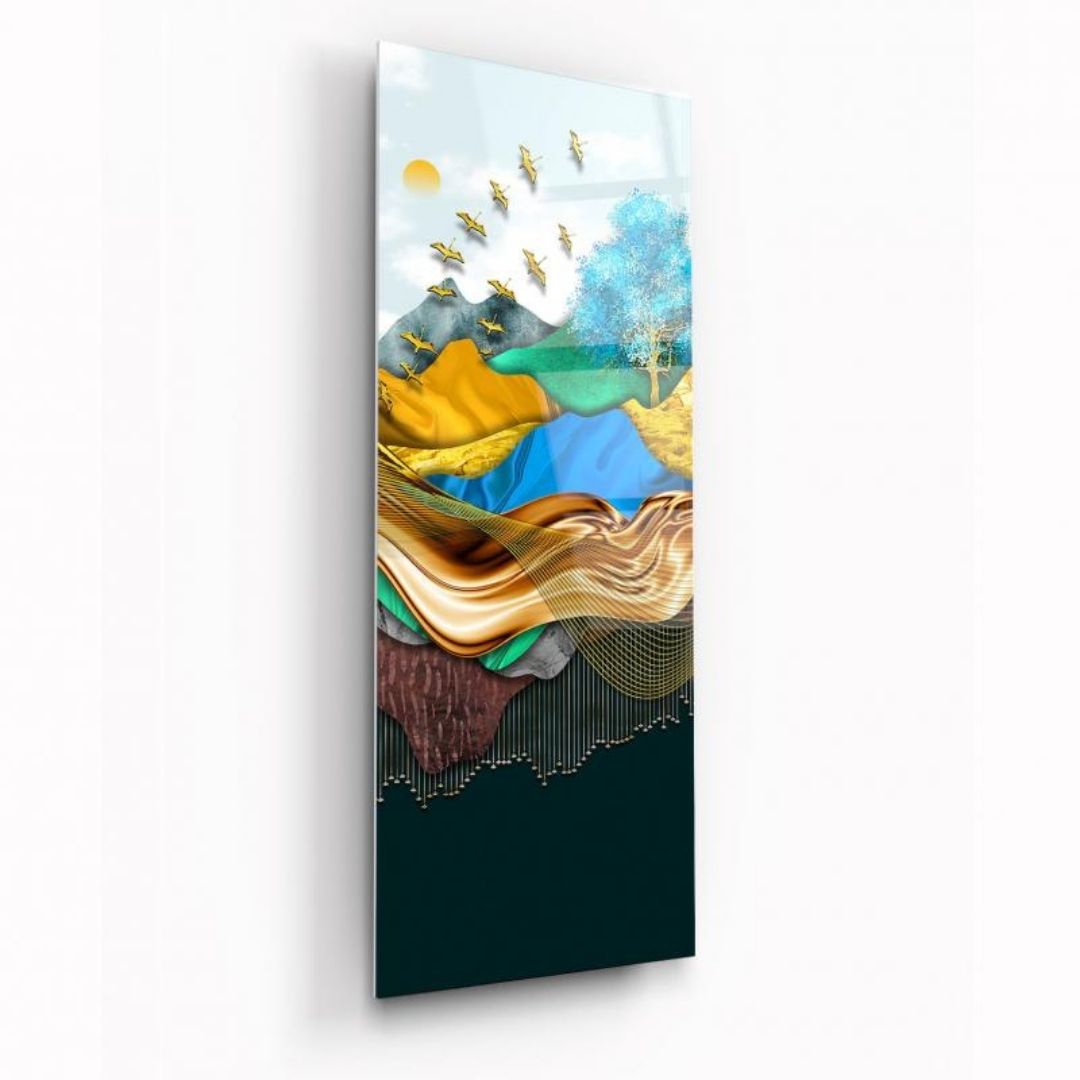
Leave a comment
All comments are moderated before being published.
This site is protected by hCaptcha and the hCaptcha Privacy Policy and Terms of Service apply.